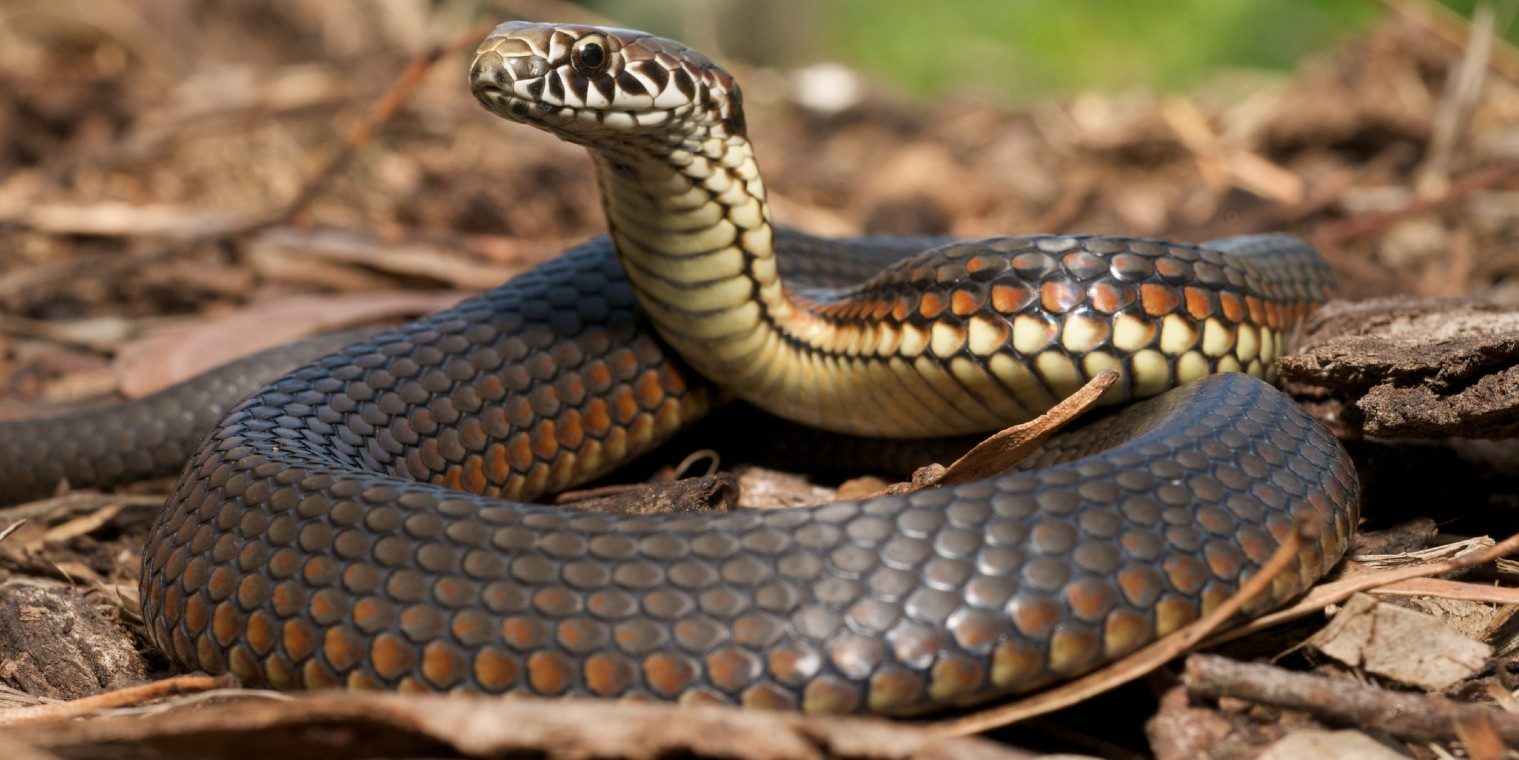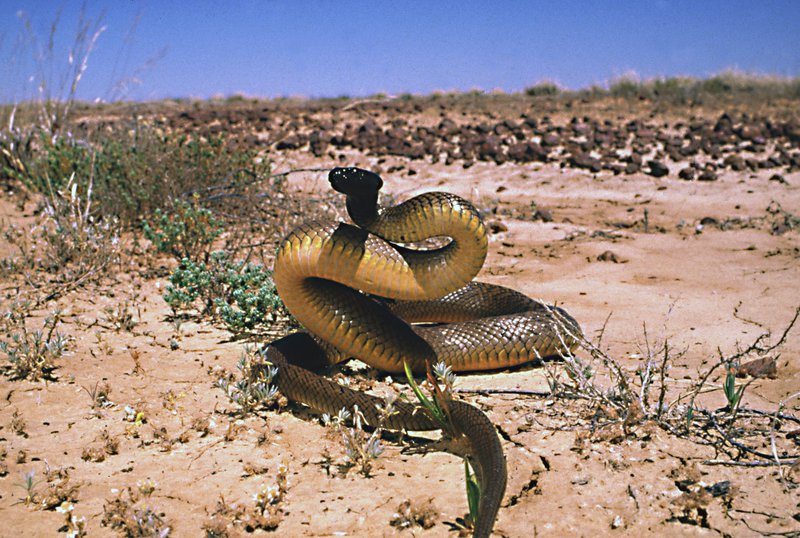

Turtles are an order of reptiles known as Testudines, characterized by a shell developed mainly from their ribs. Modern turtles are divided into two major groups, the Pleurodira (side necked turtles) and Cryptodira (hidden necked turtles), which differ in the way the head retracts


Snakes are elongated, limbless, carnivorous reptiles of the suborder Serpentes. Like all other squamates, snakes are ectothermic, amniote vertebrates covered in overlapping scales. Many species of snakes have skulls with several more joints than their lizard ancestors, enabling them to swallow prey much larger than their heads (cranial kinesis)


Iguana is a genus of herbivorous lizards that are native to tropical areas of Mexico, Central America, South America, and the Caribbean. The genus was first described in 1768 by Austrian naturalist Josephus Nicolaus Laurenti in his book Specimen Medicum, Exhibens Synopsin Reptilium Emendatam cum Experimentis circa Venena


Taipans are snakes of the genus Oxyuranus in the elapid family. They are large, fast-moving, highly venomous, and endemic to Australia and New Guinea. Three species are recognised, one of which, the coastal taipan, has two subspecies. Taipans are some of the deadliest known snakes.

/https://tf-cmsv2-smithsonianmag-media.s3.amazonaws.com/filer/a0/3b/a03bec06-0bbd-4969-b399-c72df8d99024/a4wk9e.jpg)
Lizards are a widespread group of squamate reptiles, with over 7,000 species, ranging across all continents except Antarctica, as well as most oceanic island chains. The group is paraphyletic since it excludes the snakes and Amphisbaenia although some lizards are more closely related to these two excluded groups than they are to other lizards.


Tuatara (Sphenodon punctatus) are reptiles endemic to New Zealand. Despite their close resemblance to lizards, they are part of a distinct lineage, the order Rhynchocephalia. The name tuatara is derived from the Māori language and means "peaks on the back".[


Cobra is the common name of various snakes, most of which belong to the genus Naja.